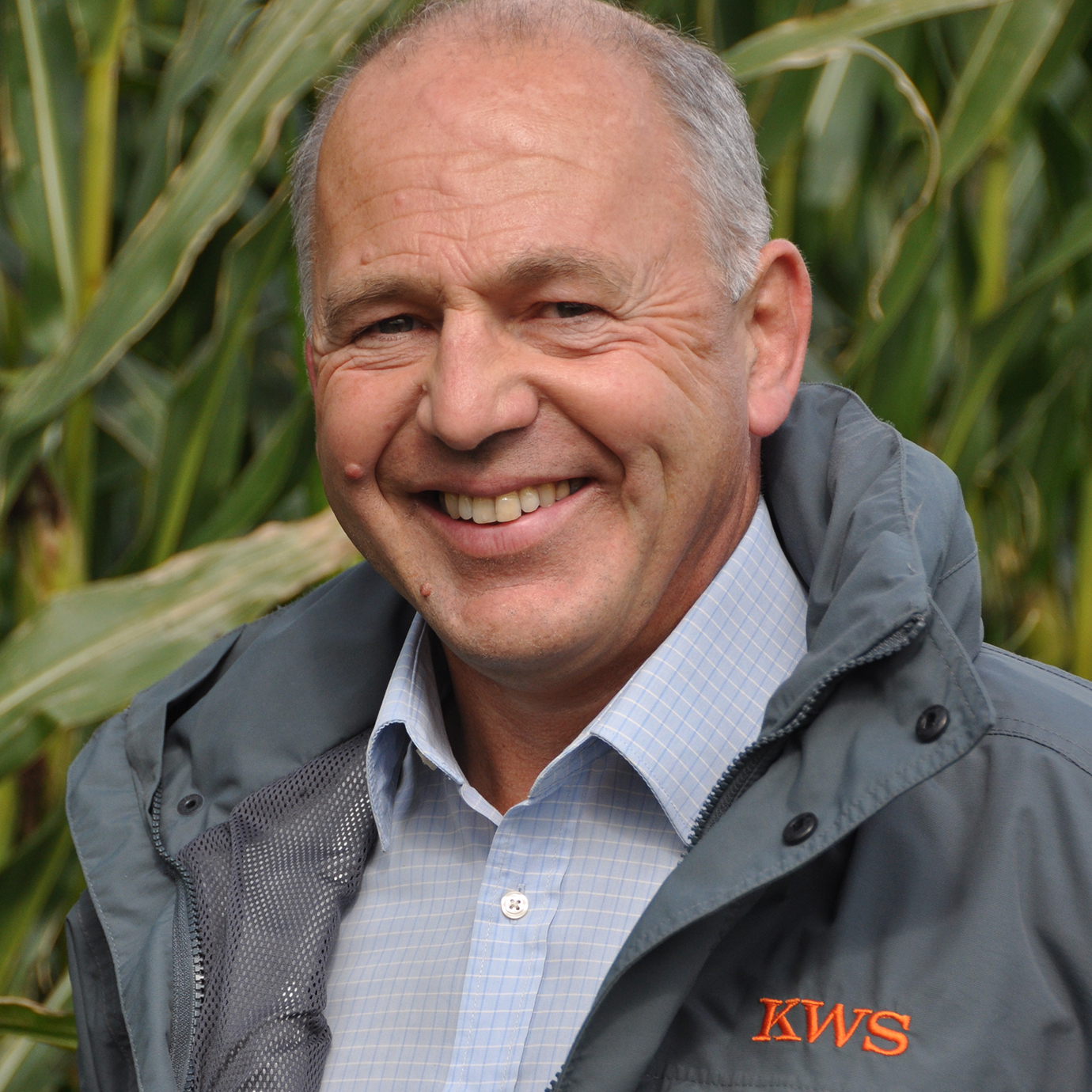February 2019
The maize establishment window is almost upon us and thoughts will be turning towards maize sowing. John Burgess, maize product manager for KWS UK, offers some tips on maximising drilling success, and takes a look at herbicide options.
Sub-soiling ahead of maize planting has proved to be high beneficial in trials, and Mr Burgess urges growers to consider the practice, weather permitting.
“Maize is deep-rooting and it is worthwhile making every effort to alleviate compaction, as long as ground conditions are suitable,” says Mr Burgess. “I would always recommend sub-soiling to encourage rooting and this will be particularly important, if we get another dry year. Before going in with the plough, wait until the soil is relatively dry to avoid smearing, and create a fine seedbed.”
When it comes to drilling, the prospect of the withdrawal of some maize seed treatments for next year means that manufacturers are running down their chemical supplies, says Mr Burgess. Many growers have order their treated seed earlier than usual, in order to secure the delivery of their first-choice variety. This could encourage early drilling, especially if temperatures are relatively high and in low rainfall situations. However, he warns against this practice.
“The ambient temperature must exceed 8 degrees Centigrade and rising for light soils and 10 degrees and rising for five consecutive days for heavier soils, before maize seed is drilled,” says Mr Burgess. “Last year saw a soil moisture deficit during the drilling period, and maize emergence was compromised in some regions, with a knock-on negative effect on yields.
“It is harder to judge the correct drilling date when the weather is unseasonably warm and dry,” he comments. “If the conditions of the early 2018 are repeated, the only option is to drill deeper. The standard figure is 5-5.5cms, but maize can be successfully sown at 7cms.
“If growers opt for deeper drilling depths, it will take longer for the seedlings to emerge. On average, it takes 7-10 days for emergence, while deeper drilling may extend this period to up to 20 days. The only risk with non-germinated maize seed is left in the ground for longer is damping off, which may limit plant populations due to fungal infection. This effect generally occurs only in cold, damp soils, which would not apply in these circumstances.”
A standard seed rate of 100,000 seeds per hectare is the norm, but KWS has undertaken farm-scale trials to compare rates between 85,000 and 110,000 seeds per hectare. The interim results have indicated a yield difference of just 2% between the varying levels.
“Our seed rate study in ongoing,” he explains. “For 2019, we are planning to include a number of hybrids with different maturity ratings in trials at our headquarters in Lydney, Gloucestershire.
“The aim is to gather more information about the relationship between variety FAO, or maturity rating, and seed rate. We did see a slight starch deficit where a higher seed rate was adopted, but the results were not statistically significant.”
Historically, most growers have selected a row spacing of 75cms, but a width reduction has been found to suit some operators, and Mr Burgess does not feel that the move is detrimental to production.
“We have looked at the effect of using 50cms row spacings,” he says. “It offers a potential benefit, as it provides the opportunity to use tramlines. Another factor is that 50cms row spacings allow the same drill to be employed for sowing pulses, oilseed rape and sugar and fodder beet, so it can be considered more convenient. It also reduces down time for contractors, by avoiding the requirement to switch machines between crops. We have found no yield penalty through this practice and it will not affect seed rates, as the drill can be set to increase spacings between individual seeds.”



